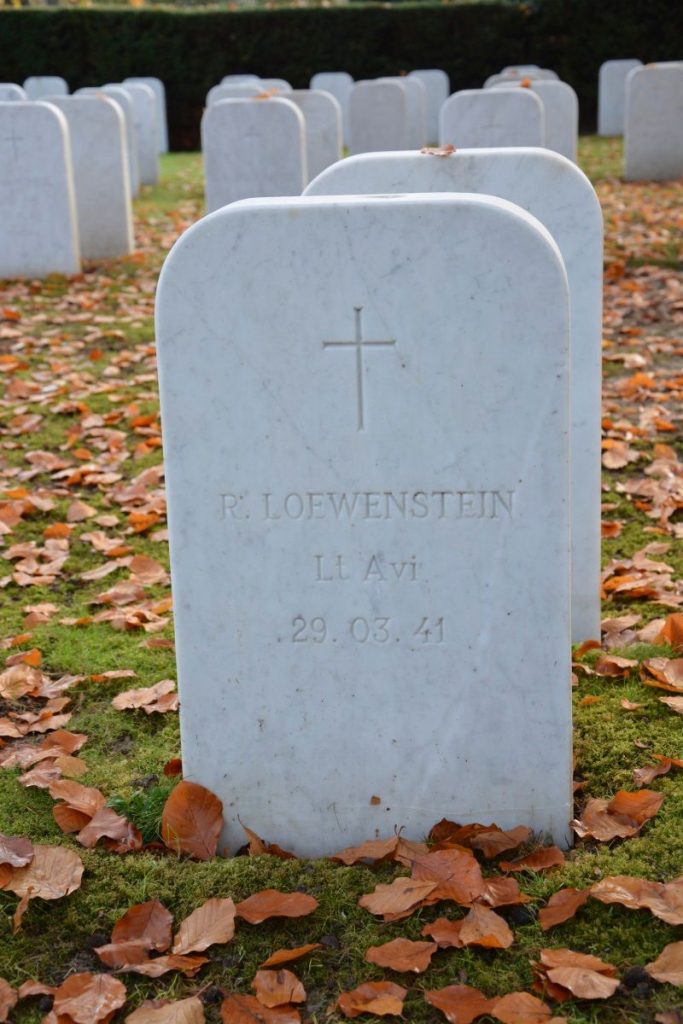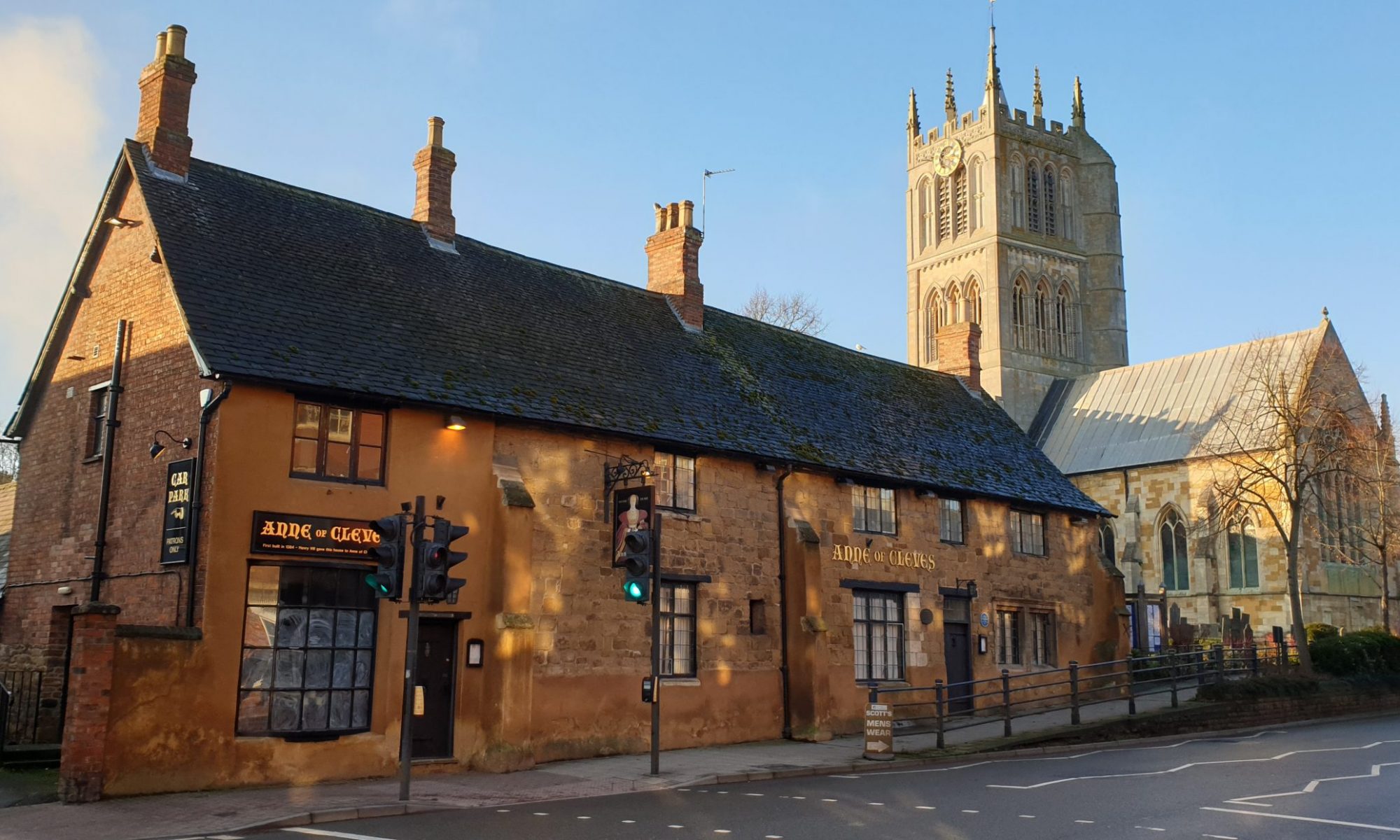Melton Mowbray became home to many rich and famous during the height of the hunting sporting seasons and the surrounding villages were not exempt.
In the village of Thorpe Satchville which lies 5 miles from Melton along the B6047, there is a hunting lodge by the name of “Pinfold” which was purchased during World War One by the Belgian millionaire financier, Captain Alfred Loewenstein who had set up his Belgian Breeding Stock Company at the premises.
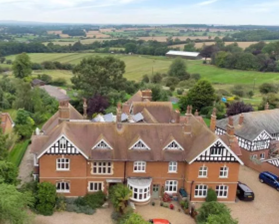
In 1926, Captain Loewenstein, who was said to be the 3rd richest man in the world, and his business and Pinfold were at the centre of a tax claim where £10,000 for both 1924 and 1925 when tax assessments had not been completed. Loewenstein appealed against the decision but his case was dismissed.
In November 1926, the same year as he had transferred his Headquarters from Biarritz in France to Thorpe Satchville, Loewenstein, who was known for his flying, brought across his fleet of aircraft known as “Loewensteins Flying Circus” for the hunting season. The aircraft would operate from Croxton Park where he had set up an aerodrome on the grounds of the old Croxton Park racecourse which he had leased from Belvoir Estates Ltd to train his racehorses.
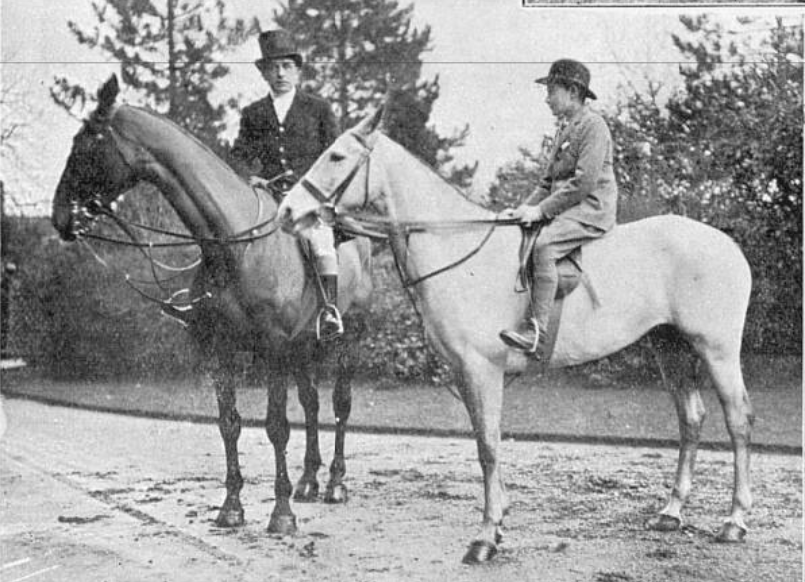
In 1927, Alfred sold off 700 pedigree dairy cattle and sheep from the business due to the inclement weather that had affected Leicestershire farmers recently. His farm at Thorpe Satchville had also been let.
On the 4th July 1928, Alfred was flying from Croydon to Brussels on a business trip in his 3-engined Fokker plane. The aircraft was flown by the pilot, Captain R Drew, assisted by the Engineer/mechanic Mr Robert Little.

Also on the aircraft were Mr Arthur Hodgson, his secretary; Mr Baxter, his valet; and his typists Miss Ellen Clarke & Mlle Paule.
Not long after take-off, Alfred left his seat and went to use the lavatory that was in a separate compartment towards the rear of the aircraft.
A short while later, at some point over the channel, his valet, Mr Baxter, noticed that Alfred had not returned to his seat and knowing that Alfred had not been well recently, Mr Baxter went to see of all was OK.
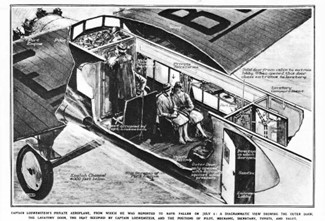
To Mr Baxter’s surprise, Alfred Loewenstein was nowhere to be seen and it was assumed that he had used the wrong door either going to or leaving the toilet and had fallen from the aircraft at a height of 4,000ft over the English Channel.
The valet immediately informed the pilot who landed on the beach at Mardyck near Dunkirk where the authorities were informed. His decaying body was found in the sea a few weeks later by a Boulogne fishing boat who brought it ashore at Calais. The body was naked with the exception of pants and socks marked “AL” and a wrist watch with his name on.
The death of Alfred is one of the worlds unsolved mysteries, was it a freak accident, was it suicide, was he murdered? There are lots of theories, but we won’t delve into these now. But feel free to look up on Google and YouTube as there are lots of articles, books and videos about this mystery.
Following his death, The Pinfold was inherited by his son Robert “Bobby” Serge Loewenstein who was familiar with the property from his earlier hunting trips.
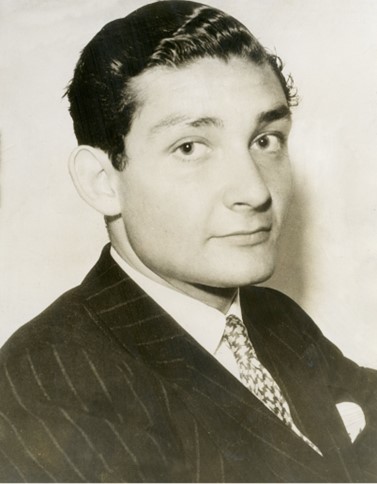
When World War Two broke out, Bobby was in America on business and immediately returned to Europe via a Clipper and on returning to Belgium, he joined the Belgian Army.
He came to the UK when King Leopold surrendered and joined the Air Transport Auxiliary in the summer of 1940 with a rank of Second Officer. On joining the ATA, he gave his Next of Kin as Mr Jack Misonne, Villa Begonia, Biarritz, France and Mrs Burnaby, Thorpe Satchville.
Following his initial interview, he wrote to Group Captain G. d’Erlanger of the ATA at White Waltham airport at Maidenhead “Dear Sir, I appreciate very much your giving me an interview and a test. At this critical stage it would seem that everyone who can contribute in any way should do so. I am told that I have an opportunity of joining the Fleet Air Arm, but as I have offered my services to you and I have two friends, Leo Partridge and Rupert Belville, in the Air Transport Auxiliary, I would naturally prefer to join your organisation. I understand that the delay in my nomination is due to the Air Ministry. If it would expedite my appointment, I would be willing to give up my salary until such a time as you get their agreement.” His appointment was confirmed on the 6th July 1940.
On the 1st August 1940, he was promoted to First Officer ‘C’ Class then again to First Officer ‘B’ Class on 12th January 1941. His ATA paperwork confirms that he had previously flown the following aircraft types, Moth, Stinson, Beechcraft and Spartan and was the owner of a Stinson. He was also experienced at flying in England, Ireland, France, Belgium and the USA.
On 21st September, Bobby wrote again to Gp Capt d’Erlanger “Dear d’Erlanger, This is to confirm our conversation of the other day. It is my opinion that anyone who is in a position to undertake such war work without remuneration should do so. Therefore I suggest my salary be paid towards the start of a charity fund for the pilots of the Air Transport Auxiliary or for any better cause we mutually agree on.”
As a result of his wealth, Bobby also paid for a presentation Spitfire MkVb W3239 which was named “Bob”. It was built at Eastleigh and entered service with No 609 (West Riding) Squadron as PR-N on 27th May 1941 at RAF Biggin Hill. Unfortunately, ‘Bob’ was lost in action on 8th July 1941 when it was shot down after being attacked by a Messcherschmit Bf109 resulting in its engine cutting out and it force landing on Goodwin Sands. Its pilot, Sergeant John A. Hughes-Rees surviuved but was wounded.
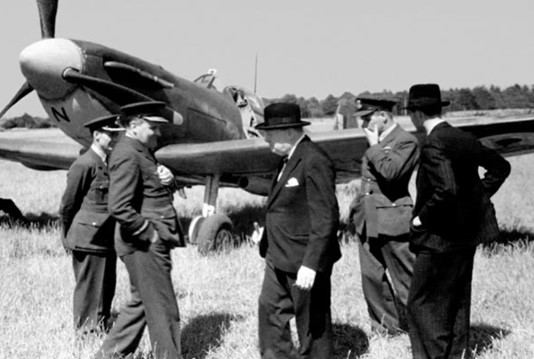
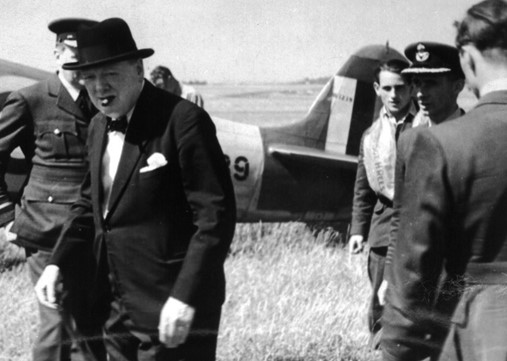
During his career with the ATA, Bobby flew numerous different types of aircraft including the Anson, Audax, Battle, Blenheim, Courier, Curtiss Hawk, Fairchild, Harvard, Hurricane, Lysander, Magister, Master, Oxford, Puss Moth, Spitfire, and Tomahawk.
Tragically, Bobby never got to see his Spitfire as he was killed on 29th March 1941 flying Blenheim Mk V V6263 on a ferry flight from RAF Speke to RAF Lyneham. During the flight an engine failure occurred and the aircraft crashed near White Waltham. According to his records, the evidence suggests the aircraft stalled during a tun on approaching to land at too low a height to effect recovery possibly caused by sluggish pick-up on one engine. There is probability that the circumstances were aggravated by the fact that the airscrews appear to have been in coarse pitch. This accident as caused by an error of judgment on the part of the pilot.
Following his death, his body was initially taken to Maidenhead mortuary before being brought to St John’s Catholic Church here in Melton Mowbray on Wednesday 31 March 1941 where he laid at rest overnight. The following morning, a requiem Mass was held followed by the funeral service in the afternoon which was conducted by Father A E Berington. After the funeral service, his body was taken to Twyford for internment at St Andrews Church.
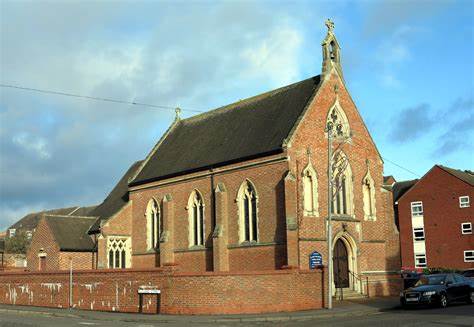
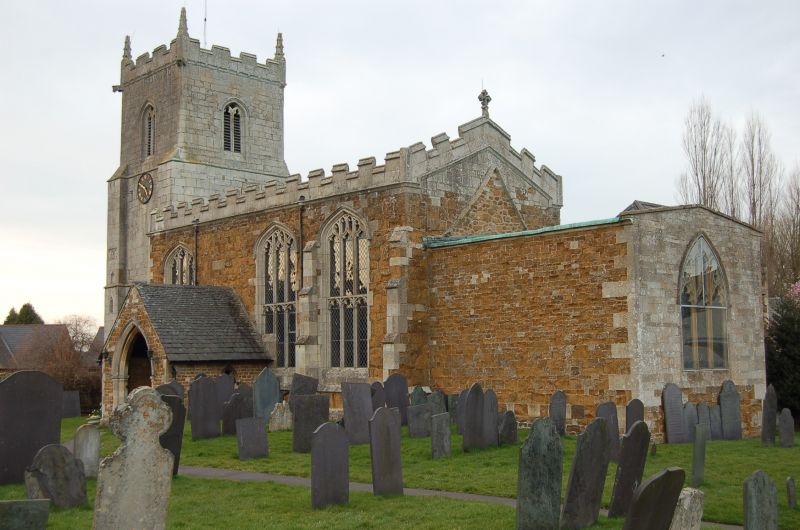
If you look at his casualty record on the CWGC website, it shows his body as being buried in the Belgian Airmen’s Field of Honour within the Brussels Town Cemetery. This is due to a Belgium lady campaigning to get all the bodies of Belgium airmen recovered to Belgium and Bobby was amongst those who were repatriated in 1948.

